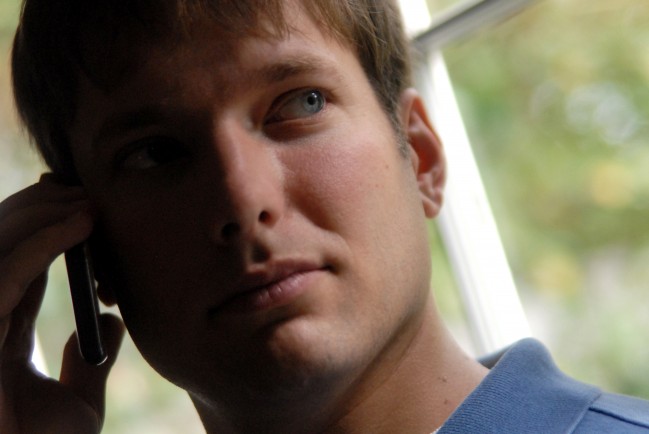
In a past blog, “Which Mode Do I Use?”, I covered some basics about aperture and shutter speed functions. Although they work to balance each other, there are basic properties that should be taken into consideration when taking a photograph. The type of photo, lens selection, subject matter and your pre-vision of the image should be taken into account.
For purposes of this blog, we will start wide and work close for our examples.
In shooting photos of landscapes, one would most likely use a wide angle lens. A wide angle lens, by nature has a deep depth of field, meaning that foreground and background will be relatively “in focus”. Even though you could focus on a branch of a tree a short distance into the image, unless you had an acute sense of focus, the entire picture would seem “in focus”. If you look very close, you could probably see differences in the sharpness of the branch and the rest of the image but generally, it will look sharp.
The only way that you can create a “shallow” depth of field with a wide angle lens is to have the subject close to the lens or separated from the background. In these cases, the depth of focus should be as shallow as you can get (small numbers) or the image will still appear sharp. Mainly because, like I said, the nature of a wide angle lens is to render the entire image sharp.
So, if you are shooting an object and you want the background information to be a part of the image, as far as offering information about the subject, a wide angle lens is your best bet.
Taking that a step further…the key here is, information supporting the subject. In any photograph, if you want the background information to SUPPORT the subject, always shoot with a “deep” depth of field (everything in focus). This requires the aperture to be stopped down (large numbers) as far as possible, considering your shutter speed limitations. If you don’t want the information to support the subject, so that it does not distract you from the subject, open up the aperture (uses small numbers). This way, the background will blur out and your subject will be sharp. The eye is ALWAYS directed to the sharpness of a photograph.
The more telephoto you go from wide angle, this becomes more pronounced and the ability to separate the subject from the background becomes easier. That’s why most portraits are taken with telephoto lenses…to separate the subject from the background. That way, the viewer’s eye goes directly to the subject in the photograph rather than wandering around in the background. Of course, if you did want the background to support the subject in some way (telling a story about the subject), you would shoot with a small aperture (large numbers) and the background would be more in focus, relaying information about the subject.
In macro work, it works the same way. If you want your entire focus to be drawn to a particular spot in the frame, you would focus on that spot and blur the background (as in the tips of a stamen of a flower). However, if you want the whole group of flowers to fill the background in focus, as a field of flowers, you would stop down to get them all in focus so the attention in not on a particular spot within the image.
Of course, I have been talking about extremes here. There are many variables between these that can make beautiful photos. I suggest that you try all of the settings. Uses a tripod, find a good subject matter. Shoot wide, telephoto and close up…don’t move the camera, set your focus, and go through the different aperture settings so you can see the incremental differences.
Remember to balance the exposure with your shutter speed so your exposures all look the same or simply put your camera on “Aperture Priority”. This way, the camera will balance the exposure with the shutter automatically.
If all this gets confusing, go back to the excercise I shared in the blog “Which Mode Do I Use”. Hopefully that will shed some light on the Physics of aperture. Don’t get too caught up in the numbers. Just remember, the smaller the hole (lens aperture) the more “in focus” everything will be, subject and background.
Good Shooting!